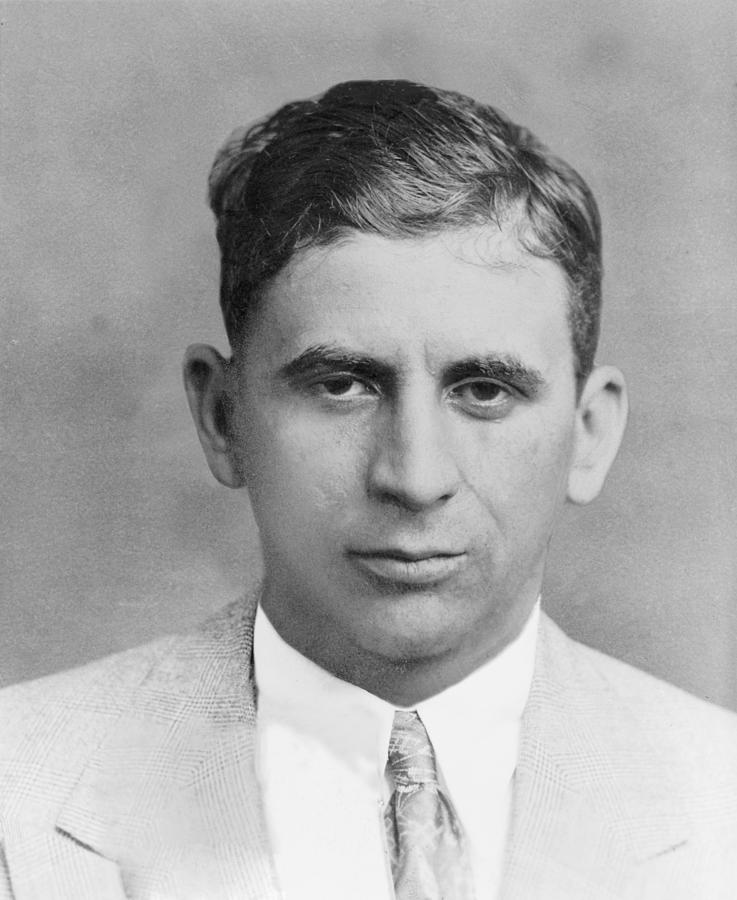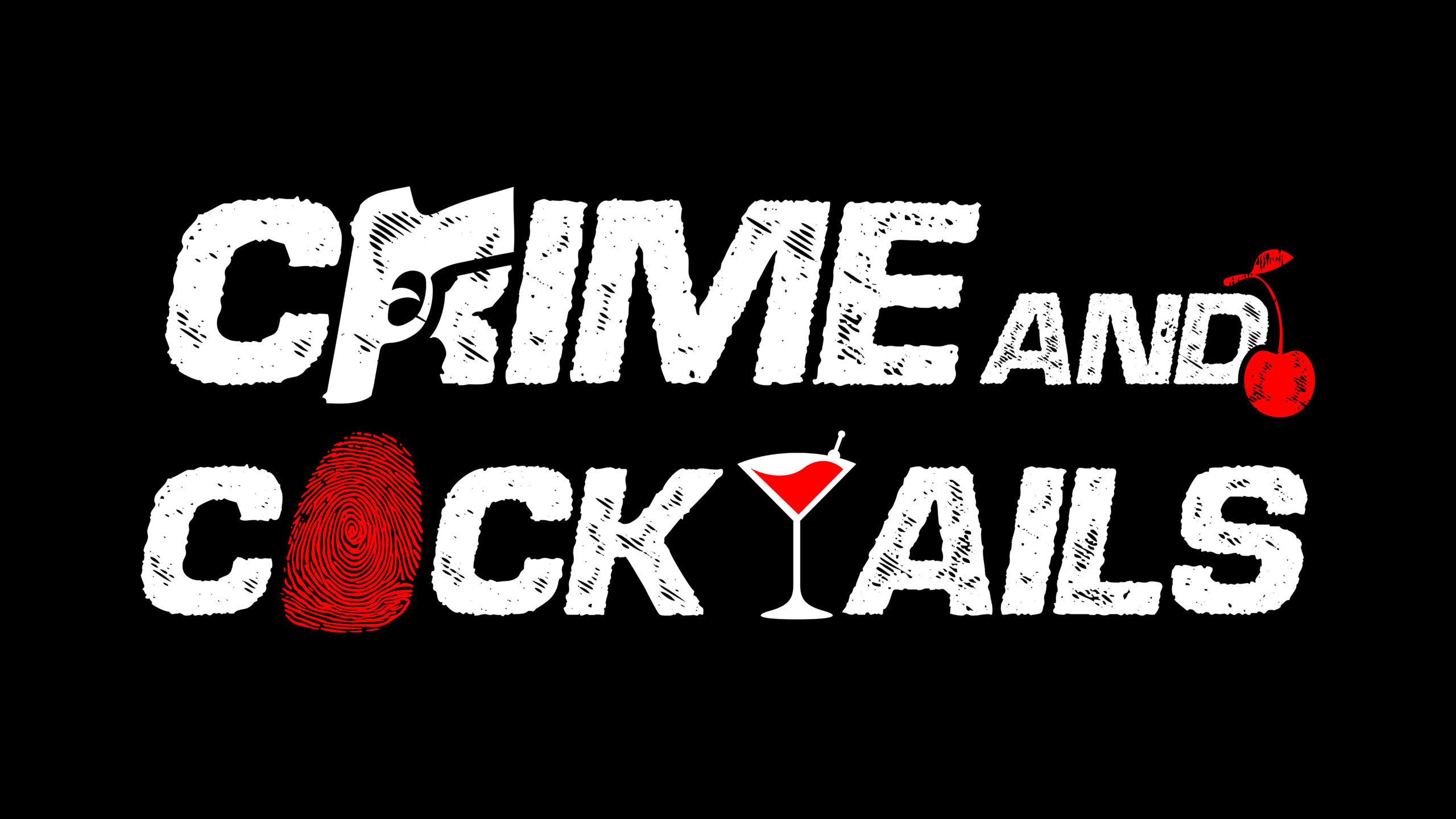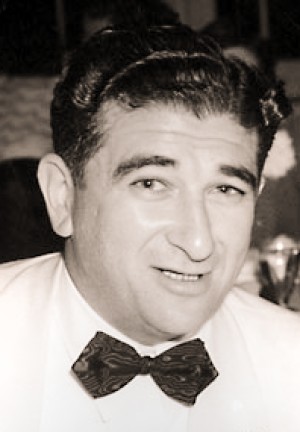In the shadows of 1930s America, a violent underworld war was waged—not over territory or turf—but to crush the creeping menace of Nazism. This is the untold story of how Jewish mobsters, rogue enforcers, and the Mafia itself became unlikely anti-fascist avengers, bringing brutal street justice to Nazi Bund cells in New Jersey and New York—before Uncle Sam lifted a finger.
Newark’s Underworld Uprising: Abner “Longie” Zwillman & the Minutemen
Newark’s crime scene was dirty, ruthless—and about to get political. Abner “Longie” Zwillman, a Jewish gangland kingpin with roots in bootlegging and racketeering, crafted an underground militia called the New Jersey Minutemen. Their mission: to smash Nazi rallies, stifle pro-Hitler speech, and kick swastika sympathizers back to hiding.
He recruited broken-boxer toughs, arming them with cobblestones, stink bombs, bats wrapped in rubber, and iron bars. When Bund members streamed into Irvington’s Schwabenhalle, these Minutemen laid an ambush—500 men burst in, choking off speeches, smashing windows, fists and lead pipes swinging amidst the screams. Twenty were wounded; three hospitalized. Only seven arrests—one for each Bund mouthpiece.
Zwillman had insider intel: Newark cops quietly tipped off the Minutemen about Bund meetups, then vanished when trouble erupted . The message was clear: “We’re watching. We won’t let fascists take root here.”
The Yorkville Raid: Meyer Lansky’s Street Court
Across the Hudson, the dread name Meyer Lansky wasn’t just linked to bootlegging and Murder Inc.—he was becoming a breakout anti-Nazi enforcer. In 1938, Judge Nathan Perlman sought Lansky’s muscle to subdue Bund gatherings in Yorkville. Lansky replied without hesitation, “Respectfully… we can do better than punch.”
Yet Lansky flatly rejected payment. “I am a Jew… feel for the Jews in Europe… They are my brothers,” he insisted . His mob squad—known hitters from Murder Inc.—descended on a Yorkville rally with iron bars and fists. They smashed through windows, dragged speakers into the street, and shattered limbs—no executions, just bone-crunching menace. The city buzzed: this was the “Battle of Yorkville,” and it left fracturing wounds that silenced the Nazi strutters—for now.

An Invisible Network of Street Justice
This wasn’t random mob meddling—it was a coordinated, clandestine campaign. Judge Perlman and Rabbi Stephen S. Wise set the tone. In Minneapolis, gangster David “The Jew” Berman broke up Silver Shirts meetings with brass knuckles. In Chicago, boxers under Jake Guzik stormed Bund headquarters. In Los Angeles, Mickey Cohen’s goons even roughed up Nazi suspects behind bars.
Lansky coined the strategy: “Marinate them—not ice them.” Inflict pain, humiliation, fear. Keep it rough—but don’t kill. The goal: blot out Bund public displays. Make them rethink organizing on American streets.
Camp Nordland in the Crosshairs
In northern New Jersey, summer camps like Andover’s Camp Nordland stood as adult training grounds for Bund ideologues. The Mafia paid attention. Rumors flew that Zwillman’s Minutemen tipped off local cops ahead of subversion-themed summer camps, triggering raids, arrests, and media blowback—intentionally. State authorities started cracking down when Bund kids came home with Nazi propaganda and ciceroes concealed in trunks.
By 1940, Camp Nordland’s stars had fallen. Turnstiles clogged. Nazi kids went home. The Bund’s economic and psychological influence collapsed—before Pearl Harbor and federal intervention did the final blows.
Mob Motives: Beyond Profits, Into the Cultural War
Why did gangsters care? Because they foresaw a fascist future—and it didn’t stop at Jews.
- Self‑preservation: Mussolini’s and Hitler’s regimes were cracking down on organized crime overseas. Zwillman and Lansky smelled the threat.
- Ethnic identity: These men weren’t just crooks—they were Jewish. And they carried the burden of kinfolk being murdered in Europe.
- A tacit alliance: Men of the cloth (like Rabbi Wise) and the bench (Judge Perlman) quietly brokered deals with racketeers. Civil society’s legal ties to the criminal underworld—blurry but effective.
Aftermath: Mob Ducking Who’s In Charge?
By late 1941, following Pearl Harbor, Nazi Bund leaders were arrested, interned, convicted of sedition, deported. The swastika disappeared from Newark parks and the summer camps. It took federal agents—but the groundwork was laid by street-level violence.
Later, Lansky and Zwillman leveraged their reputation for patriotic (if brutal) service, earning government favors during wartime initiatives like Operation Underworld—the Navy’s uneasy alliance with the mob against Axis threats in Atlantic ports.
A Murky Legacy
Here’s the moral hangover: yes, fascists were beaten back on U.S. soil. But the weapons used were crime, extortion, and violence. Justice by bats. Democracy by street clubs. The irony drips thick: a swastika-free neighborhood forced on Jewish backs and mobster hands. American justice served clandestinely, with no courtroom, no jury.
They left scars—on Bund survivors, on Newark streets, in the underworld’s own psyche. These were not heroes by law, but vigilantes using dirtier methods against a greater evil.
Written by: C.F. Marciano


